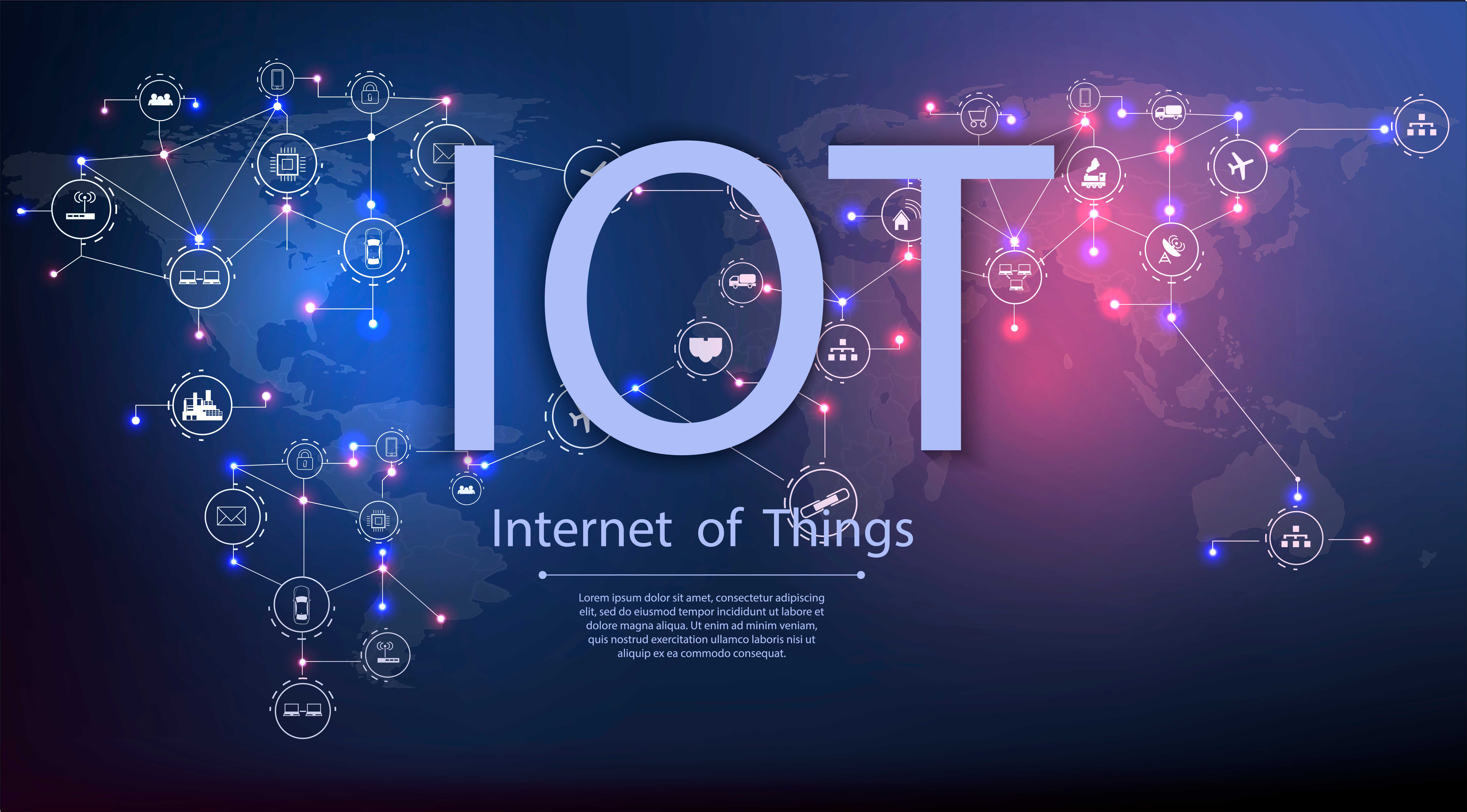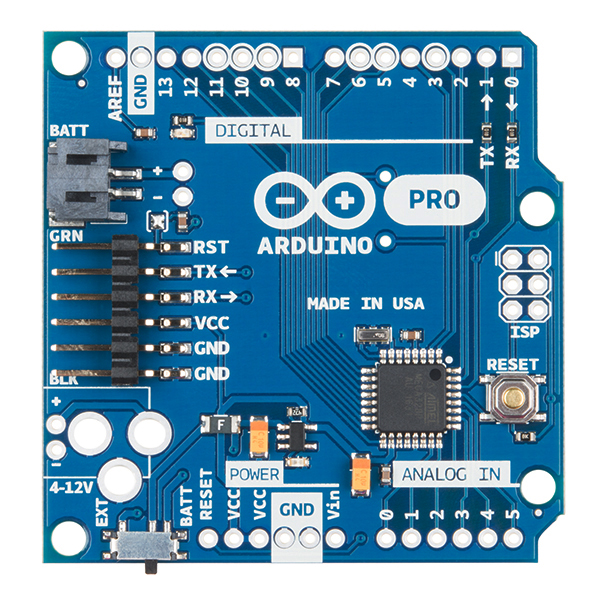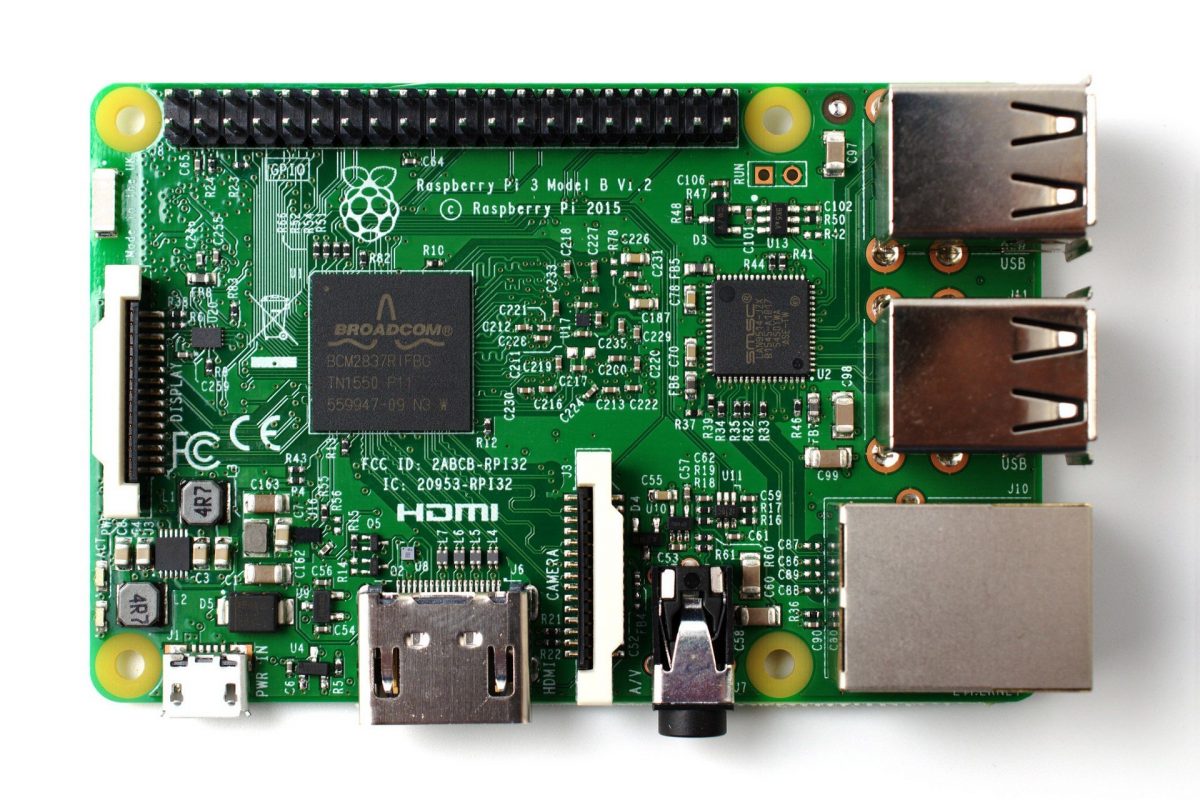IoT Development

The exponential evolution of technology has led to a considerable rise in the number of objects that are associated with the Internet. This expansive association is constantly changing the technological appearance of the world. The Internet of Things (IoT) is a system of analogous computing devices, and also digital and mechanical machines, animals, people or objects that are recognized with unique identifying devices (UIDs) and the competence of transferring data over a network without the need for human-to-human or human-to-machine interaction.
The evolution and growth of IoT is so rapid that it is fast becoming a necessity for organizations wanting to add or expand their digital presence. Organizations and enterprises in an array of industries are making use of IoT for efficient work operations, enhanced customer communication and to provide exceptional customer service, enhance decision making abilities and also to increase the value of the business.
Today, IoT development projects exist everywhere and are considerably economical. This, along with the enormous technological advancement is the driving force behind the rapidly expanding phantasm. Smaller and comparatively easily accessible hardware and the affability to use common programming terminology makes it extremely easy to develop the embedded IoT systems.
Developing a distributed IoT service:
From a development point of view, the idea of creating IoT devices resolves around embedded programming. The software and hardware aspect of the IoT prototype needs to be considered in the initial phase itself. These two aspects are the smaller computer ingrained in the device or object and the software that enables its smooth functioning. These include things like connected home devices, wearable devices, GPS programming, 3D design, circuit design, etc.
Favorably, a majority of the programming languages and operating systems used by the software development kits are already in use in major mobile and web development operations. This opens up many opportunities for developers.
There are many angles to consider in developing a full-fledged IoT service like development of the ingrained device itself, the IT and networking services that will enable its smooth functioning, data analytics, and the design and development of an integrated UI.
Development platforms for IoT
The Arduino platform is an extremely favored hardware/software platform for initiating interacting IoT objects and devices. It consists of a physical board processor, individual C Code libraries in the shield, and also includes an integrated development environment for compiling, writing, and uploading code.

The introduction of Windows 10 IoT core has launched Windows in to the IoT game. It is an IoT enhanced version of Windows 10 that makes use of Visual Studio and the Arduino Writing API. As an another enterprise grade option, IBM too entered the game by launching Quarks IoT Tools.
IoT Operating Systems and Hardware
With the evolving technology, there is a hardware to suit every purpose. The embedded devices range from small prototypes developed by people for sheer experiment to mass produced technology. Generally, the small computers are referred to as chips or boards and they are available with a wide range of pricing options and varied processing capabilities.
Low power boards can be included in the hardware components. The Arduino Uno is a single board processor with field programmable gate arrays and shields. These are smaller boards that can be plugged on to the main boards to widen the functionality by abstrusing particular functions. A programmer can create a circuit design scheme to regulate how the inputs and outputs interact by specifying the input and output.
Raspberry Pi 2 is another widely known IoT platform that can contain a web server that fits the palm of the hand. Going with the abbreviation RasPi, it can efficiently run Windows 10 IoT Core with its processing power and memory. It is great for heavy information processing, especially when the Python programming language is used.

BeagleBoard is characteristically more powerful than RasPi and is expensive. It is a single board computer that comes with a Linux based OS and uses an ARM processor. Intel is a renowned tech giant whose Galileo and Edison are other board options which are great for large scale production. Qualcomm has introduced a variety of IoT technology at the enterprise level that ranges from cars, cameras to healthcare.
The Artik Platform introduced by Samsung has three circuit boards; smaller for the wearable devices and a larger 8 processer chip enabled for video functionality.
This is just an example of the variety of technology currently available in the market. Experts in IoT can help enterprises by recommending similar kind of power and operating systems that are needed on the hardware that is appropriate for the devices or the prototypes.
Sensor and Beacon Technology
Bluetooth beacons ingrained within devices facilitate IoT objects to simulcast information to mobile devices that are within a specific range. These low power sensors with Bluetooth Low Energy technology, allow the mobile phones to recognize signals when it is close to an IoT object. BLE is different from traditional Bluetooth technology in that it’s cheaper, requires less power (one beacon can go three years without a charge), and is ideal for simple applications.
Apple launched its own iBeacon in 2013. It is a low power Bluetooth sensor that can be ingrained in objects and recognized by iOS or Android devices that are close and that run apps that are programmed with the Core Location APIs. AltBeacon is another favourite BLE. It is available for free and has more date capacity that iBeacon. AltBeacon and iBeacon’s functionality is depended on their databases. However, URIBeacon by Google delivers URLs rather than parts of information from database, so it updating and reconfiguring becomes easier and has the entire web as the database.
Software and Programming Languages for IoT
Traditionally, the programming languages for IoT used to be exclusive to the ingrained systems. But now, the software makes use of more common languages that many web developers are already familiar with. However, it is necessary to know which language needs to be used for the specific project.
Low processing power, and small amounts of storage and RAM are some limitations with the embedded systems that need to be considered. The more widely used operating systems for these embedded devices are Linux or UNIX – specifically like Ubuntu Core or Android. While the client has the option to choose based on the hardware platform, the developer can choose a language he is already familiar with
The language can also be decided based on factors like the compatibility with the IoT ecosystem, the memory and size of the code, requirements of efficiency or the development speed. General purpose languages like C++ and Java are available and so are specific choices like Google’s Go Language and Parasail. Each language comes with its own set of advantages and disadvantages and the developer or the development team will be able to guide enterprises in selecting the best language.
Conclusion
As much as the IoT technology is a boon, it also has its disadvantages. There is a growth in IoT hacking as manufacturers tend to sell cheap connected devices. Cybersecurity specifications are never generally considered in this regard. The problem also arises since the consumers are equally eager to get introduced to the connected devices. This just heightens the potential for crime and the need for quality software becomes even more critical.
With all the technological evolution, IoT is one of the most exciting developments of the recent times. Its use will revolutionize the way of human interaction.
If the constant improvement in the hardware refinement and communication protocols are assumed, the success of IoT devices depends on the quality of the software applications created. This specifically includes how serious the malignant control of objects, access to data or surveillance shall become.
Bluelupin Technologies has proved its expertise in IoT development with Naaviq Platform . Naaviq aimed at minimizing the current uncertainty in the logistics business related to pick-ups, deliveries, fleet management, operations, e-way bills, and a centralized control to de-clutter and make the business more organized and paper-free.

